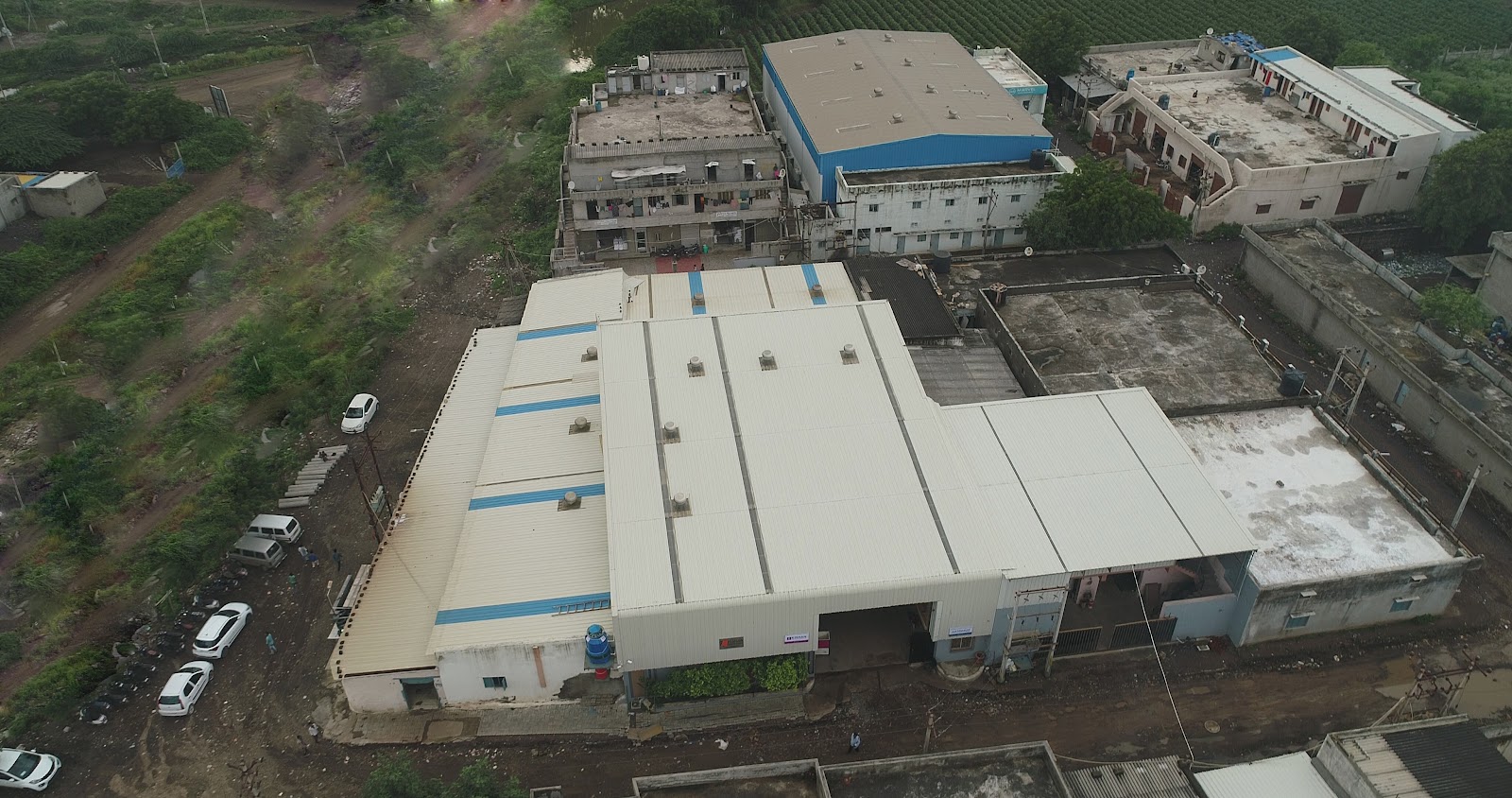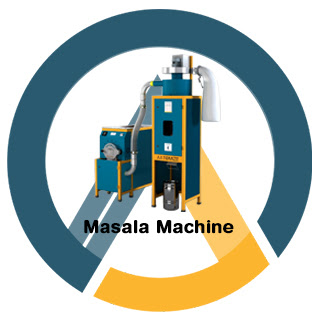In regions with arid and semi-arid climates, bajra (pearl millet) stands out as a reliable, nutrient-rich crop. But to ensure that bajra reaches its highest quality—whether for food consumption, animal feed, or seed planting—proper cleaning and grading are crucial. Aatomize’s bajra seed cleaning and grading plant is specially designed to meet these needs, providing cutting-edge technology and superior efficiency for processing large volumes of bajra.
This blog will cover the importance of bajra seed cleaning and grading, the technology behind Aatomize's solutions, the step-by-step process used in our plant, and the benefits to the industry.
The Importance of Bajra Seed Cleaning and Grading
Cleaning and grading bajra seeds is essential to ensure quality, uniformity, and safety. Here’s why it’s so crucial:
Quality and Purity: Raw bajra seeds often contain various contaminants like dust, stones, husks, and broken kernels. A thorough cleaning and grading process ensures that these impurities are removed, leaving behind only high-quality seeds.
Uniformity for Planting: Grading by size and weight improves seed uniformity, which is especially beneficial for planting. Uniform seeds result in even germination and growth, leading to healthier crops and better yields.
Enhanced Market Value: Cleaned and graded bajra seeds attract a higher market value as they meet consumer expectations for quality and safety. This also helps processors comply with regulatory standards for food and seed distribution.
Industrial and Export Standards: High-quality bajra is in demand for both local and international markets. Processing bajra to meet export standards broadens market opportunities and supports regional agriculture.
Aatomize Technology in Bajra Seed Cleaning and Grading
Aatomize has developed state-of-the-art equipment to handle every step in the cleaning and grading process for bajra seeds. Here’s an overview of the main technologies used in our plants:
1. Pre-Cleaners
Pre-cleaning machines are the first step in the process, removing large impurities like sticks, stones, and larger debris from the raw seeds. Using various screens and fans, the pre-cleaners improve efficiency by reducing the load on subsequent machines.
2. Fine Cleaners
After pre-cleaning, fine cleaners come into play to remove smaller particles such as dust, broken kernels, and dirt. With adjustable screens, these machines can be tailored to remove impurities based on the size of bajra seeds.
3. Gravity Separators
The gravity separator is crucial for ensuring that only dense, healthy seeds are selected. By separating seeds based on density, gravity separators remove any lightweight or damaged seeds, allowing only the highest-quality kernels to proceed to the next stage.
4. Destoners
Destoners use air pressure and vibratory motion to remove heavy impurities, such as stones and dense debris, from the seed flow. For bajra, which is prone to stone contamination, this step is critical for achieving a clean, market-ready product.
5. Grading Machines
Grading machines ensure uniformity in size and shape by sorting seeds into specified categories. This allows for greater consistency and quality, particularly beneficial for processors supplying seeds for planting, as uniform seeds have better planting potential.
6. Optical Sorters
Some Aatomize plants integrate optical sorting technology, using cameras and sensors to detect color variations and surface imperfections. This advanced technology allows the removal of discolored, damaged, or diseased seeds, ensuring only the finest quality bajra seeds make it to the final product.
Step-by-Step Process in Aatomize Bajra Seed Cleaning and Grading Plant
Our Aatomize bajra seed cleaning and grading plants are optimized for efficiency, accuracy, and high throughput. Here’s a step-by-step look at how the process works:
Step 1: Raw Seed Intake and Pre-Cleaning
The process begins with the intake of raw bajra seeds, which are loaded into the plant through a hopper. The seeds are then passed through a pre-cleaner to remove large impurities. By filtering out larger materials, such as sticks, stones, and leaves, pre-cleaning reduces the workload on downstream machines.
Step 2: Fine Cleaning
Next, the seeds go through a fine cleaner. Fine cleaning involves sifting through smaller screens to remove fine particles and broken pieces that slipped through during pre-cleaning. This step is essential for preparing the seeds for precise sorting.
Step 3: Gravity Separation
Gravity separation allows the plant to differentiate seeds by density. This process removes lightweight and unhealthy seeds, ensuring that only full, robust kernels proceed. This is particularly important for ensuring high-quality seed batches, whether they’re destined for consumption or planting.
Step 4: De-stoning
During de-stoning, heavier impurities like stones are removed from the seed flow. Using carefully controlled airflow, de-stoners help achieve a batch free from heavy contaminants. This stage ensures that no heavy foreign particles remain with the seeds, protecting the integrity of the final product.
Step 5: Grading
The seeds then move into the grading stage. Here, they are sorted by size and shape to achieve a uniform batch. Grading machines use a variety of screens to separate seeds based on set parameters, ensuring consistent seed sizes. Uniform grading is critical for the planting sector, where size consistency aids in predictable growth.
Step 6: Optical Sorting (if applicable)
If equipped, optical sorters scan each seed with high-resolution cameras. Using AI-based algorithms, optical sorters can distinguish healthy seeds from damaged ones based on color and surface features. This final visual inspection ensures the highest-quality product and meets the exacting standards of international markets.
Step 7: Final Inspection and Packaging
After sorting, the seeds undergo a final quality check before packaging. This final inspection is to ensure there are no remaining contaminants or imperfections. The clean, graded bajra seeds are then packaged, labeled, and prepared for distribution to markets, storage facilities, or export destinations.
Key Benefits of Aatomize Bajra Seed Cleaning and Grading Plants
1. Enhanced Product Quality
Aatomize cleaning and grading plants produce premium-quality bajra seeds by ensuring thorough removal of impurities and damaged seeds. High-quality seeds have a longer shelf life, better nutritional value, and improved taste.
2. Improved Yield for Farmers
For seeds intended for planting, the grading process ensures uniformity and consistency. Uniform seeds yield healthier crops and more predictable harvests, which is a significant benefit for farmers.
3. Cost and Labor Efficiency
Automated processes reduce the need for manual sorting and allow for faster, more accurate processing. By integrating automated grading and cleaning, Aatomize plants help reduce labor costs and increase throughput, making them ideal for commercial-scale operations.
4. Compliance with Industry Standards
For food processors, agricultural producers, and exporters, meeting quality standards is essential. Aatomize ’s bajra cleaning and grading plants ensure that processed seeds meet or exceed industry and export requirements.
5. Increased Market Opportunities
Premium, cleaned, and graded bajra seeds are more appealing to consumers and buyers. For processors, this means they can access more lucrative markets, including international exports, where quality standards are stringent.
Applications of Aatomize Bajra Seed Cleaning and Grading Plants
Aatomize’s cleaning and grading plants are suited for a wide range of applications:
Food Production: High-quality bajra seeds are ideal for producing flour, snacks, and other millet-based products.
Animal Feed: Clean and graded seeds are ideal for high-quality animal feed, which ensures better health and nutritional intake for livestock.
Seed Production for Agriculture: Uniformly graded seeds enhance germination rates and overall crop quality, benefiting agricultural producers and seed distributors.
Export Markets: Cleaned and graded bajra seeds are more competitive in international markets, where standards are high and consistent quality is a requirement.










Post a Comment